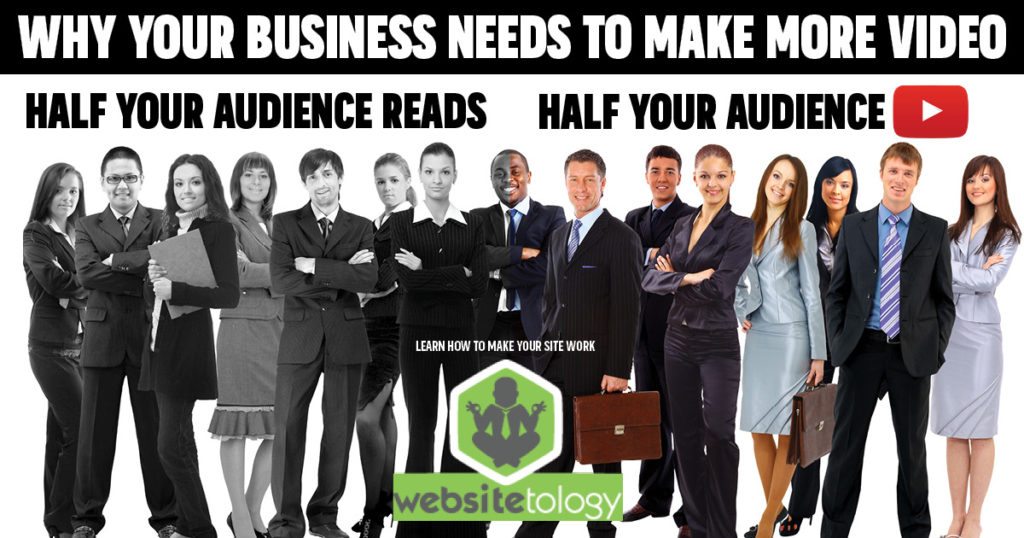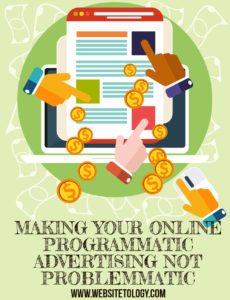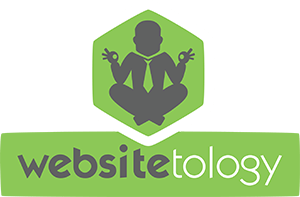 Old adage, well, not really that old… “Half the people read, half the people, watch TV (video) ~unkown.
Old adage, well, not really that old… “Half the people read, half the people, watch TV (video) ~unkown.
“Social Video” as defined by Cameron Uganec from Hootsuite is: “digital video that is designed to be seen and shared through social networks.” And he offers these three pointers to expand on that definition:
- “Social videos need to be optimized for different channels.” This is because a video that may work on YouTube may need to be drastically reduced in length to be successful on Facebook or Instagram. And what works on those platforms might not work on others like Twitter or Snapchat. For Facebook you need to upload videos natively, instead of linking out, so you have a much higher chance of your video being seen by your community and/or fans.
- “If it’s prerecorded, social videos need to be shareable.” You can’t only think of the channel, you also need to think about shareability. How does your content connect with your audience, what traditional conventions for how it’s produced have you used, does your social video compel your audience to want to share the video with their friends or colleagues?
- “Live social videos need to be about authenticity and real-time engagement.” In today’s age of brand relationships you have to have a real connection with your audience, you have to really care about and address what need it is that they are trying to solve. No longer do consumers what the hard sell about your product or service, they know what they are looking for and want to know that you are a business that they can trust to solve that need in a honest way.
Source: A Guide to Social Video, and Where it Fits in Your Marketing Plan
Here are 5 ways that you can leverage social video so that YOUR BUSINESS can make money.
- Because social networks like Facebook are now favoring video in their algorithms, you have a unique ability to connect with viewers. Sakal News restructured their content strategy to reach a wider audience by sharing interesting, relevant, and authentic content. They increased their video post frequency from 3 to 60 videos per week, and reaped the rewards with their views jumping from 333K in march to 10.5M video views in June. This equated to a 4x growth in reach since February. Be careful though, “while the Facebook algorithm is a definite positive for video, it will punish businesses and video creators who produce bad, lazy, or unoptimized video…… Don’t think of this as a punishment as much as an incentive to only share high quality content- something you should be striving to do anyways”.
- Social videos can deliver impressive ROI, with “72 percent of businesses who use video saying that it has increased website conversion rates”. The important aspect here is that you have to SET GOALS and TRACK the success of your videos using analytics. It is only through tracking that you will definitively learn how your audience behaves, and this in turn allows you to refine and redefine your social video strategy.
- Use social video to lift the behind the scenes veil of your business or company. In doing so you humanize your business, and it can also be a very effective way to attract not only new business but new talent as well!
- Leverage the interactivity of social videos for lead generation. Make sure you include an effective call-to-action to clearly tell viewers what you want them to do next. For Facebook you can create promotions that have a CTA (call-to-action) button below the video. YouTube allows you several different options for linking out from videos including overlays on the video itself, non-intrusive and timed callout bubbles, and including links in the description.
- “How-to videos” are amongst the most popular search queries on YouTube. Don’t assume that your customers intuitively know how to use your product. If they can see a video that demonstrates how-to use it in general or a feature, then you are providing value to your customers, solving their need and showing that you care enough to help. How-To video’s can also be used for brand awareness by offering help in a related topic.
Why do you have to optimize your video for different channels?
This is an embedded YouTube video The Next Wave made – you can toggle captions on/off and can see that it is easily sharable:
However, if we just stick it in Facebook- it won’t have captions, it won’t autoplay in the scroll, and although you can share FB videos outside of Facebook- they don’t always allow people without Facebook accounts to see them. Facebook does this on purpose- to make sure you stay on their site.
4 Quick Tips:
- Make sure that your video has captions so that people can watch at work, without getting caught.
- If you place your brand and message in the first 5-10 seconds of your video, people are 3X more likely to engage with it.
- Make sure that you know which platform your target audience is active on. Do this by initiating small tests on all the platforms and using tracking see which one/s drive the best results.
- Make a point to mention the call to action you want your viewers to take inside your actual video. (“Subscribe to my channel”, “click the link below to find out more”, “Send me your email”, etc.)
Since half the people read and half watch, are you creating half your content as video? Remember, Youtube is the second most popular search engine after Google.
Talk to us at The Next Wave for a systematic, customized and successful strategy for your social video needs. Do you know we also offer printing at fantastic rates? Talk to us today!
Interested in learning more about the internet and how to use WordPress to successfully promote your business on the web? Check out our live Websitetology 1 day class, where we help you become a master of the internet!
Thinking of jumping in on buying online ads? Or letting advertisers put their ads on your site? Think online advertising is cheaper than “traditional media” like TV, newspapers, billboards and direct mail?
 Buyer beware, and not just for the reasons cited in this NY Times article:
Buyer beware, and not just for the reasons cited in this NY Times article:
As of a few weeks ago, advertisements for JPMorgan Chase were appearing on about 400,000 websites a month. It is the sort of eye-popping number that has become the norm these days for big companies that use automated tools to reach consumers online.
Now, as more and more brands find their ads popping up next to toxic content like fake news sites or offensive YouTubevideos, JPMorgan has limited its display ads to about 5,000 websites it has preapproved, said Kristin Lemkau, the bank’s chief marketing officer. Surprisingly, the company is seeing little change in the cost of impressions or the visibility of its ads on the internet, she said. An impression is generally counted each time an ad is shown.
The change illustrates the new skepticism with which major marketers are approaching online ad platforms and the automated technology placing their brands on millions of websites. In recent years, advertisers have increasingly shunned buying ads on individual sites in favor of cheaply targeting groups of people across the web based on their browsing habits, a process known as programmatic advertising — enabling, say, a Gerber ad to show up on a local mother’s blog, or a purse in an online shopping cart to follow a person around the internet for weeks.
Source: Chase Had Ads on 400,000 Sites. Then on Just 5,000. Same Results. – The New York Times
Sure, keeping your ads off objectionable sites is a noble reason for refining the sites where your ad appears, but the reality is, having your ad appear on a clickbait site is unlikely to get you a conversion (sale).
If it wasn’t profitable to build clickbait sites to just serve up ads, they wouldn’t exist. If that’s what you want to do, we can show you how to be the scum of the earth, better in our seminar.
Think about the ads you see online- and how many you interact with (assuming you aren’t part of the 30% of internet users who have enabled adblocking in your browser). If you are like a lot of people, it takes a whole lot to make you click. How many people do you know who say I’m going online to look at ads?
The ads that are potentially most likely to be seen? Video pre-roll, the ad that runs before your video, comes in two flavors- must watch and skippable after x seconds. Video pre-roll has to have amazingly compelling intro to get you to watch it through- unless, of course it’s targeted so well that your questions may be answered in the commercial. Here’s an award winning pre-roll campaign for an agency trying to get your attention-
And here is a Cannes Award winning campaign for Geico that you can’t stop watching, but, it may or may not get you to buy car insurance from them.
The thing both these spots get right- is realizing you don’t really want to watch a pre-roll commercial, so they’ve made it interesting. It’s not a TV spot- it’s a youtube spot- built for the platform and working hard to not be intrusive.
As to all the other ads websites, most you can ignore. Easily. Even in your Facebook feed, how often do you click on an ad?
Here are some tips to make sure you have a better chance on conversion.
- Remarketing to people who’ve been on your site already is usually a better bet. You know these ads well- you’ve gone to look at something at Amazon- and may have even purchased it, but it keeps showing up on your feed forever. Hint: better bet is to show ads of how to use “it” or accessories for “it” than to keep hammering the ad of “it”- unless you are offering a discount (which may tick your customers off if they bought it for more on your site already- so have a price guarantee). The basic rule of sales applies- people do business with people they know- so these ads tend to preform well.
- Advertise to people who know someone who is your happy customer. While it’s hard to get people to post “Hey, I just bought “it” at your store, without a potential reward, it can happen. More likely, is advertising to people who are similar to people you’ve already sold to. Facebook allows you to upload a customer list and they will find people who are friends of the people who have bought from you in the past.
- Advertise to people who are like the people you’ve sold to. This is also a Facebook option, using their software you can match demographics and geography and other factors to your customer list and advertise to people who are more likely to buy from you.
- And maybe the least intuitive ad- isn’t an ad at all. Create informational videos, instructional videos, or reviews and target people by their interests. Think about your research before buying- do you look for reviews? Watch comparison video’s, unboxing, assembly? This kind of content can solve a buyers questions- and possibly drive them to buy more than an ad. Target the ads carefully, because ideally, these types of posts should work organically, without a ton of ad dollars.
For most advertisers dipping into “programmatic” the numbers sound amazing that are offered by programmatic networks, what’s amazing is the verification of actual display of ads is self reported, not audited like conventional media for distribution, insertion, reach and frequency. It’s the wild west of advertising accountability out there, which means it’s really up to you to figure out how to track your ad spend for effectiveness. There are all kinds of ways to do this, that add a level of complexity, but can also help you refine and improve your ad buys.
We explain some of these tools in our Websitetology seminar, but if you have further questions, you can always call and talk to us about how to most effectively guarantee that your programmatic isn’t problemmatic.
A common lesson we drive home with Websitetology is how you use an tool is doubly important than the tool you’ve chosen. A hammer and box of nails are useless if you don’t have any idea what you want to build. WordPress is a fantastic, perhaps the best, tool you can use in making a website for your business, but WordPress only makes it easier to publish your web content—you ought to know how to make good content before you publish.
Stock media like photography and video is the same way. Stock photography websites are often the butt of jokes that make it out to be completely pointless and unusable. Stock footage company Dissolve sought to curb this reputation with an ad for their product, made entirely out of their own stock footage.
Dissolve – “The Association of Obscure Associations”

